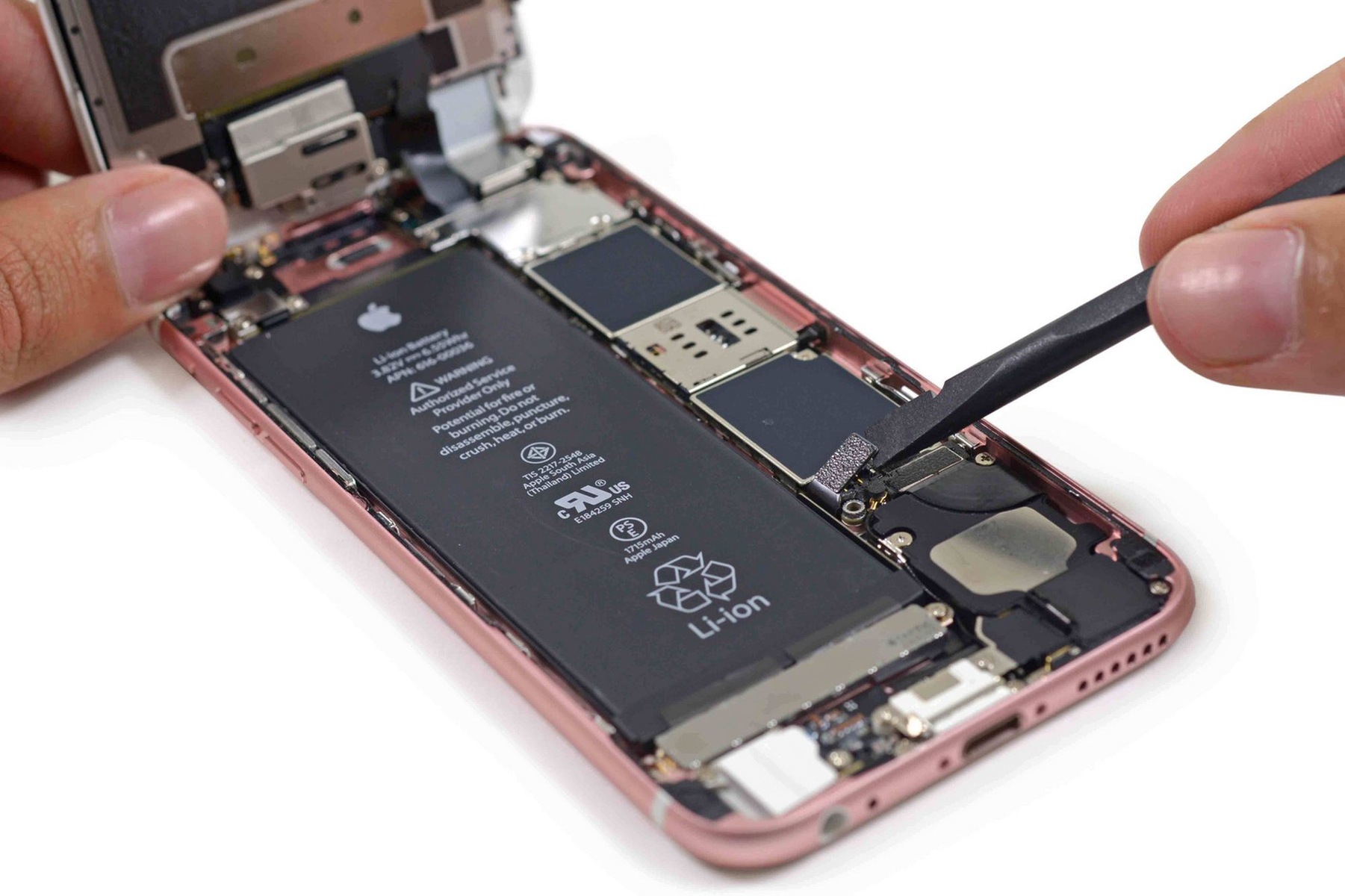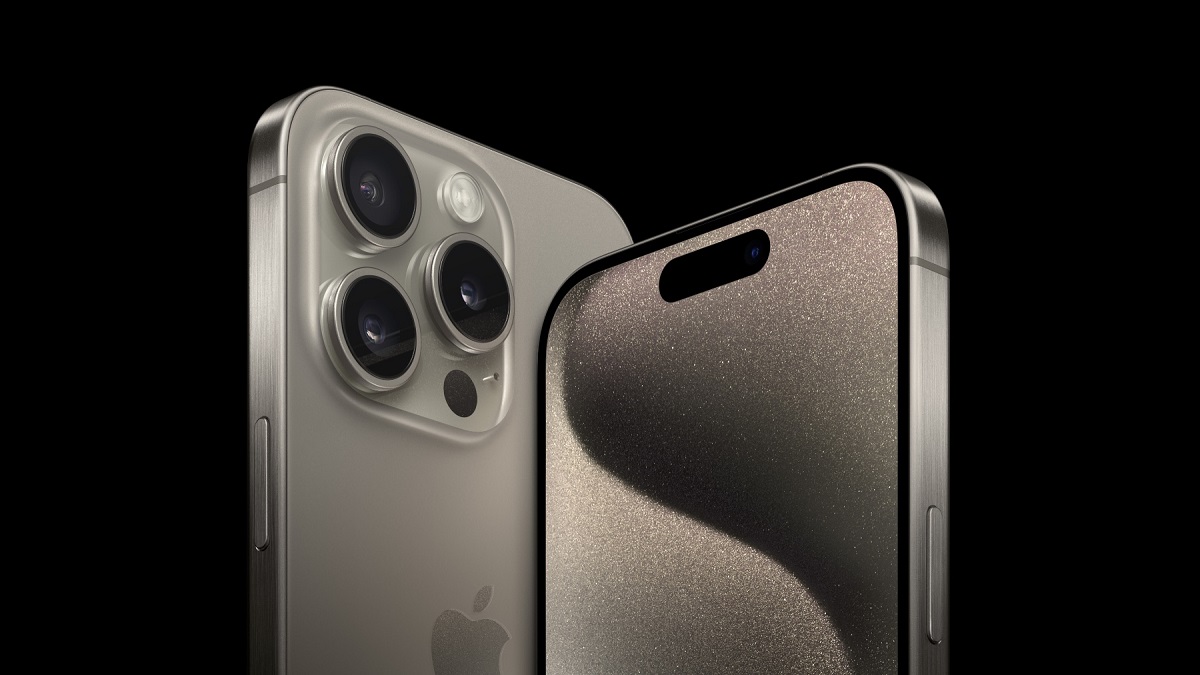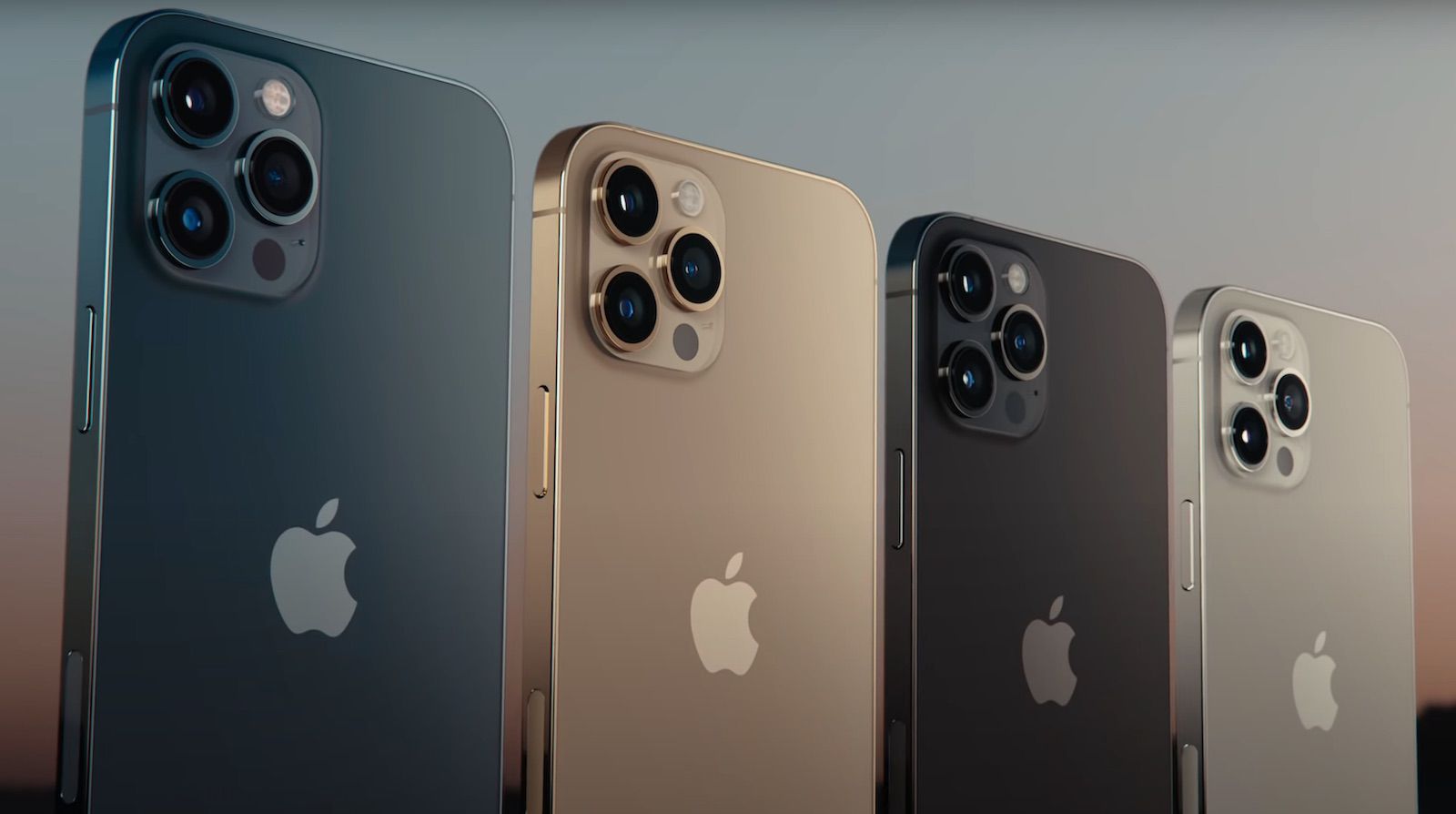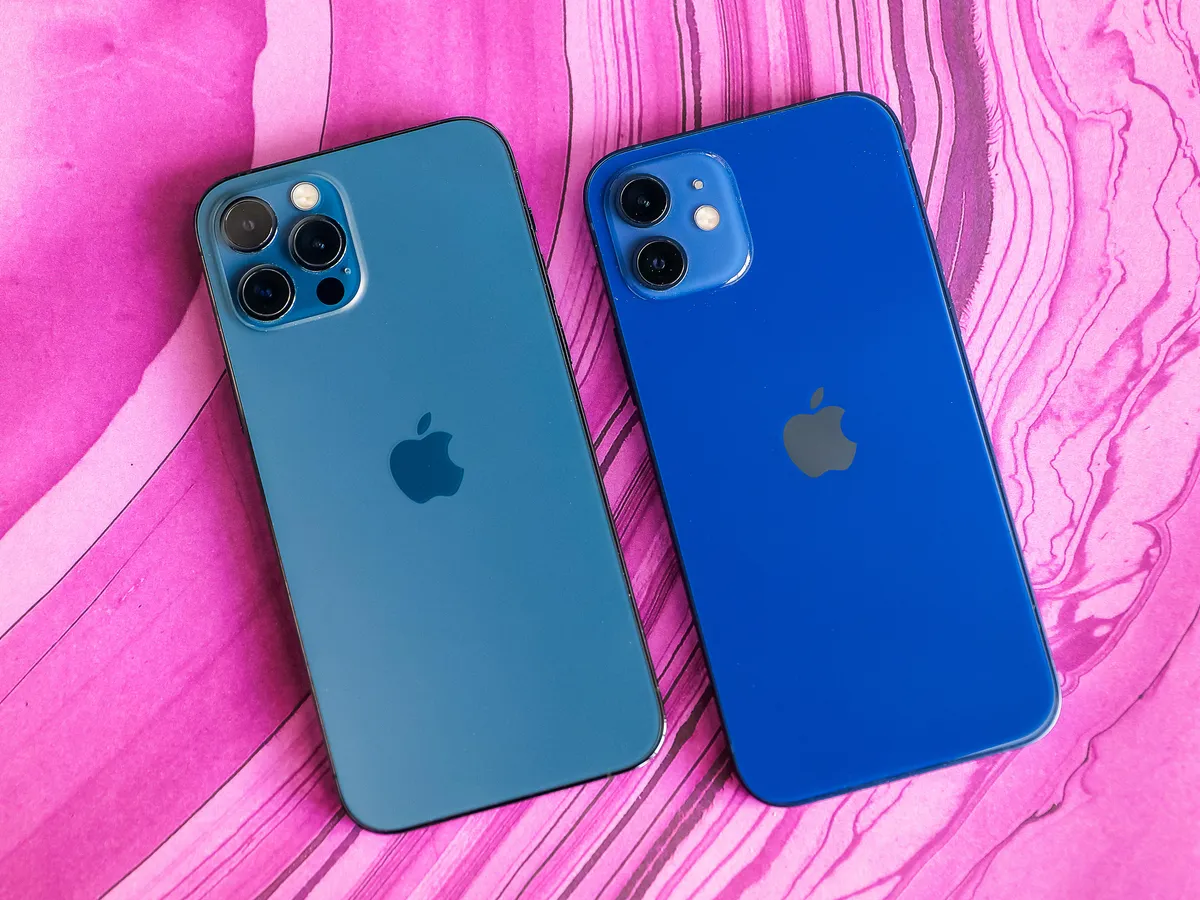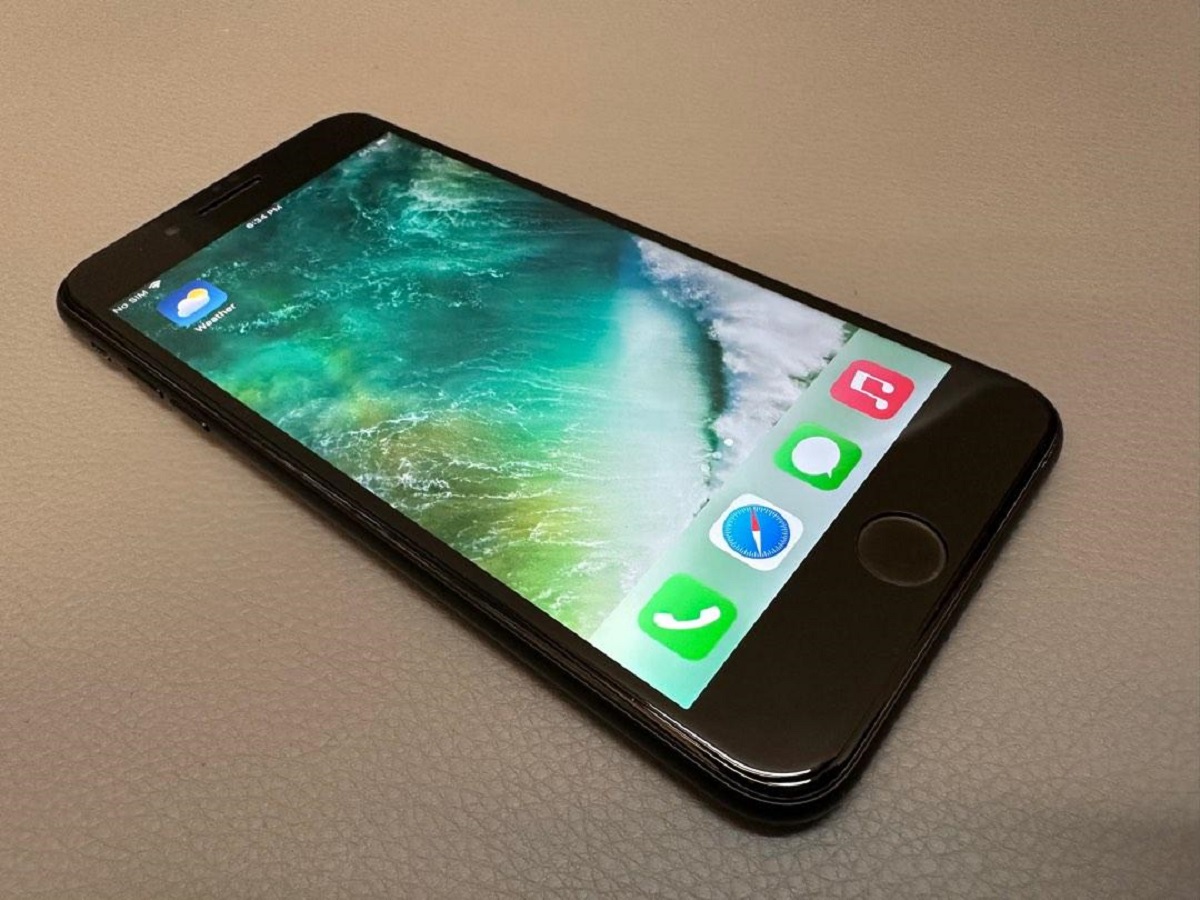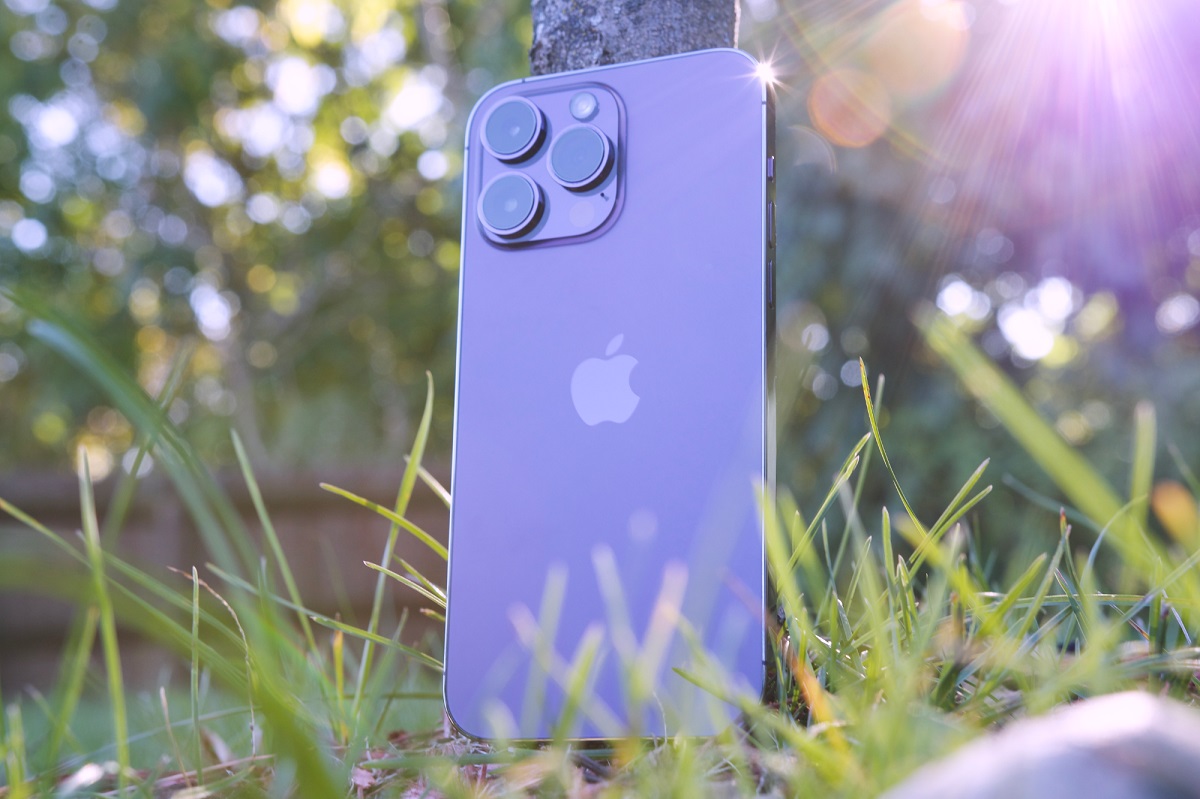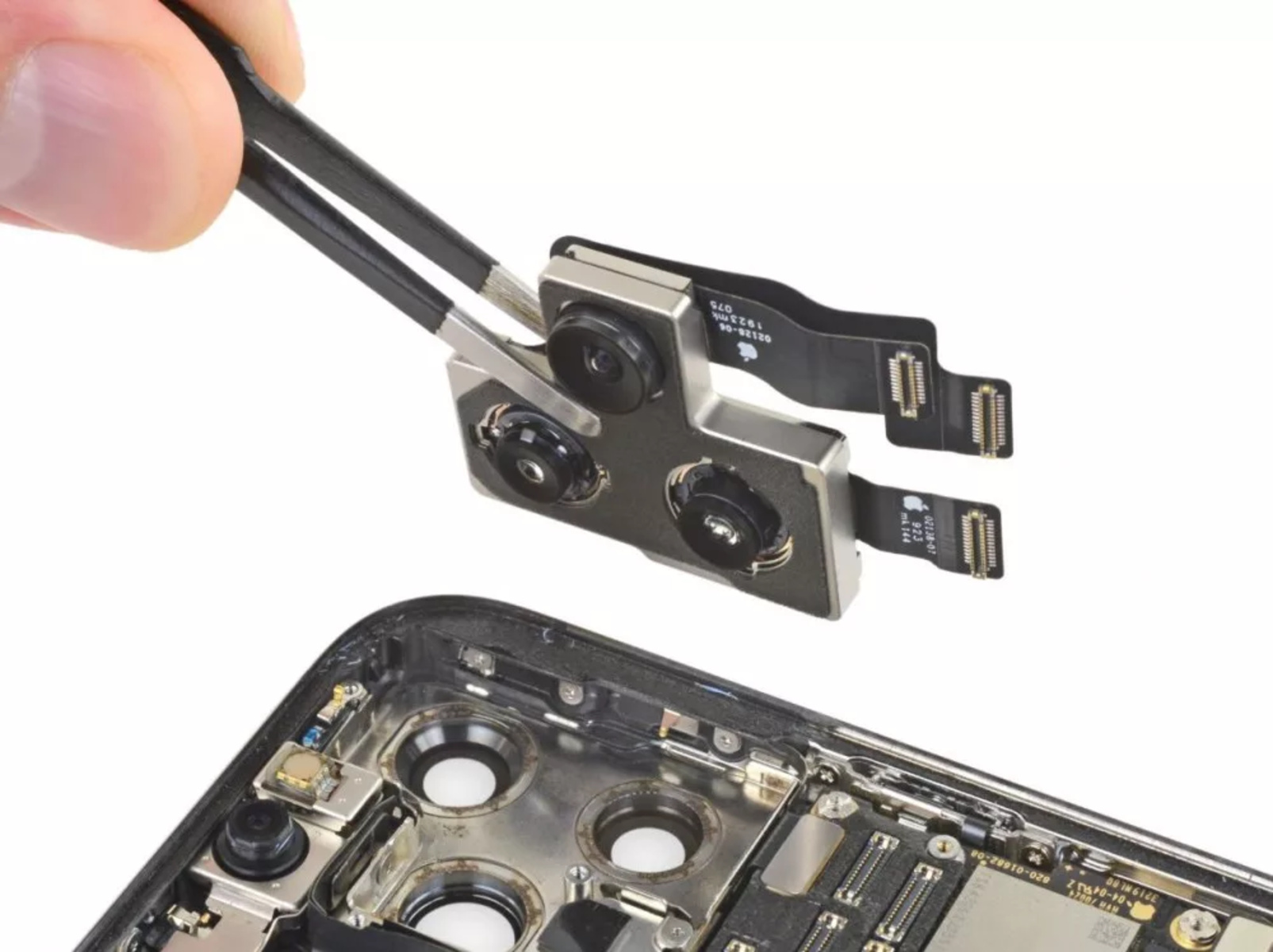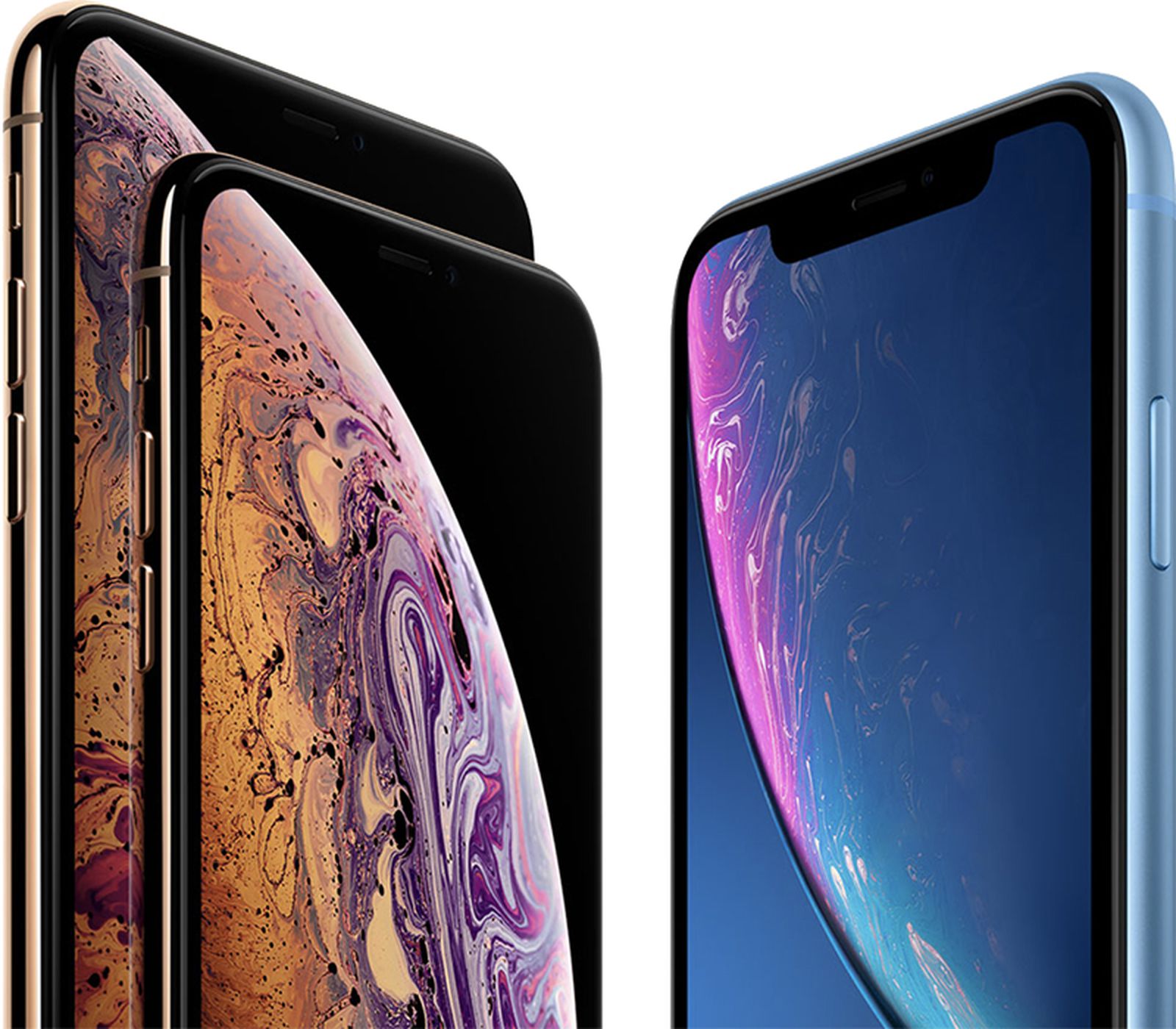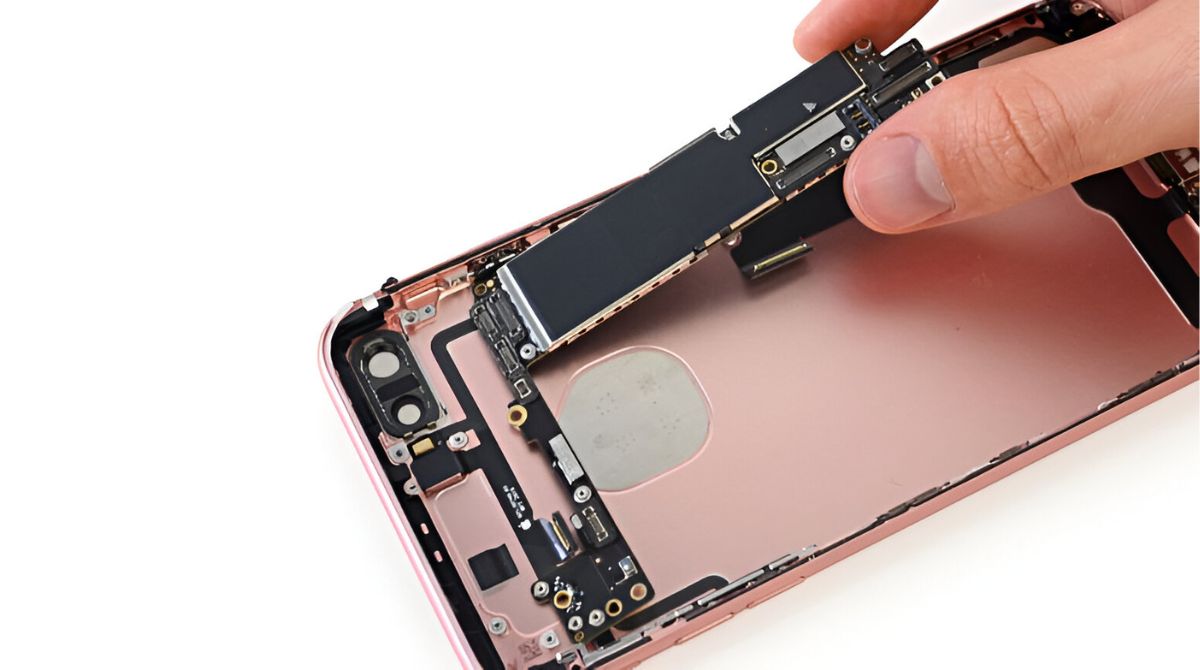Introduction
Welcome to the world of smartphones, where technology continues to progress at an astonishing pace. With each new release, smartphone manufacturers aim to enhance the user experience by incorporating powerful hardware and innovative features. One crucial component that greatly impacts a smartphone’s performance is its RAM (Random Access Memory).
RAM plays a vital role in the overall functionality of a smartphone. It allows the device to run multiple applications simultaneously, ensuring smooth multitasking and quick app-switching. Without sufficient RAM, a smartphone may experience sluggish performance, lag, and delays.
As an avid iPhone user or someone considering buying an iPhone, you might be curious about how much RAM is packed into these impressive devices. Let’s dive into the world of iPhones and explore the RAM specifications across various models.
Note: Please keep in mind that the RAM capacity mentioned in this article refers to the total RAM available to the device’s operating system and does not account for system overhead or memory reserved for other functions.
The Importance of RAM in a Smartphone
RAM (Random Access Memory) is a crucial component of any smartphone, including the iPhone. It acts as temporary storage for data that the device needs to access quickly. Unlike storage memory (such as internal storage or an SD card), RAM’s primary function is to provide quick and temporary access to data while the device is in use.
Having sufficient RAM in a smartphone is essential for several reasons:
1. Smooth Performance: RAM allows a smartphone to handle multiple tasks simultaneously without experiencing lag or slowdowns. When you open an app or switch between apps, the data required for those actions is stored in RAM. A higher RAM capacity ensures smoother performance, making multitasking a breeze.
2. Better App Management: More RAM enables a smartphone to keep apps open in the background for longer periods. This means that you can quickly switch back to an app after using other applications without having to wait for it to reload. It enhances the overall user experience and makes the device more efficient.
3. Gaming and Multimedia: If you’re into mobile gaming or enjoy consuming media like videos or music on your smartphone, having ample RAM is crucial. Games and media-intensive apps require significant RAM resources to run smoothly, ensuring a seamless and immersive experience.
4. Future-Proofing: As smartphone technology advances, apps and operating systems become more resource-intensive. Having ample RAM ensures that your device can handle future updates and new features without struggling to keep up.
While RAM is an essential component, it’s important to note that it isn’t the only factor that determines a smartphone’s performance. Other factors like the processor, software optimization, and storage speed also contribute to overall device speed and efficiency. Nevertheless, RAM remains a critical component that users should consider when purchasing a smartphone.
RAM in the iPhone
Apple has always been known for its seamless integration of hardware and software, and this extends to the RAM capacity in their iPhones. The amount of RAM in an iPhone directly impacts its performance and multitasking capabilities.
It’s important to note that Apple doesn’t typically disclose the RAM capacity of their iPhones during product launches. However, through various tests and technical analysis, the RAM specifications of iPhone models have been discovered.
Apple tends to focus on optimizing their software, such as iOS, to work efficiently with the available RAM. This optimization, alongside their powerful processors and other hardware advancements, allows iPhones to deliver exceptional performance, even with seemingly lower RAM capacities compared to some competitors.
The RAM capacity in iPhones has varied across different models and generations. Let’s take a look at the RAM specifications in some of the popular iPhone models:
Note: The RAM capacity mentioned here refers to the amount available in the respective iPhone models and may not represent the peak capacity utilized in specific scenarios.
RAM in the iPhone 6 and 6 Plus
The iPhone 6 and 6 Plus were released in 2014 and represented a significant leap forward in terms of design and performance for Apple. These devices featured the A8 chip, which brought improvements in both processing power and graphics capabilities.
When it comes to RAM, the iPhone 6 and 6 Plus were equipped with 1 GB of LPDDR3 RAM. While this might seem modest compared to today’s standards, Apple’s optimization of iOS made for a smooth and responsive user experience.
The 1 GB of RAM in the iPhone 6 and 6 Plus was sufficient for handling everyday tasks, such as web browsing, social media, and running multiple apps simultaneously. However, resource-intensive apps or heavy multitasking could result in occasional app reloads or slower performance.
Despite having lower RAM capacity than some competing smartphones at the time, the iPhone 6 and 6 Plus still delivered impressive performance and received positive reviews for their overall user experience.
In summary, the iPhone 6 and 6 Plus featured 1 GB of RAM, which might seem relatively small compared to more recent iPhone models. However, Apple’s optimization of hardware and software allowed these devices to deliver a smooth and seamless user experience for everyday tasks.
RAM in the iPhone 6s and 6s Plus
The iPhone 6s and 6s Plus, released in 2015, brought several improvements over their predecessors. These devices featured the powerful A9 chip, which delivered enhanced processing performance and graphics capabilities.
Regarding RAM, Apple upgraded the iPhone 6s and 6s Plus to 2 GB of LPDDR4 RAM. This doubling of RAM capacity compared to the previous generation provided a significant boost to the devices’ multitasking capabilities and overall performance.
With 2 GB of RAM, these iPhones were able to handle more demanding apps, games, and multimedia content with ease. Switching between apps and keeping them open in the background became smoother and more efficient. Users were able to enjoy a seamless experience even when utilizing resource-intensive applications.
The increased RAM capacity in the iPhone 6s and 6s Plus also played a crucial role in enabling advanced features such as Live Photos, which require additional memory to capture and store the animated content.
Apple’s optimization of iOS, combined with the improved hardware and the increased RAM, ensured that the iPhone 6s and 6s Plus delivered fast and responsive performance in day-to-day use.
In summary, the iPhone 6s and 6s Plus featured an upgraded RAM capacity of 2 GB, providing significant improvements in multitasking and overall performance. This allowed users to enjoy a seamless experience, even with resource-intensive apps and advanced features enabled.
RAM in the iPhone SE, iPhone 7, and iPhone 7 Plus
The iPhone SE, iPhone 7, and iPhone 7 Plus were released in 2016 and brought notable upgrades in terms of performance and features. These devices introduced the A9 chip, which delivered improved processing power and graphical performance compared to their predecessors.
When it comes to RAM, the iPhone SE, iPhone 7, and iPhone 7 Plus all featured 2 GB of LPDDR4 RAM. This RAM capacity allowed for smooth multitasking, responsive app switching, and efficient handling of resource-intensive tasks.
The inclusion of 2 GB of RAM in these devices ensured that users could comfortably use various apps simultaneously without experiencing significant lag or slowdowns. It provided a solid foundation for running the latest iOS versions and more demanding applications.
In terms of differences between these models, the iPhone 7 Plus had an additional advantage: its dual-lens camera system, which required additional RAM to process the depth-of-field effects and other computational photography features.
Overall, the 2 GB of RAM in the iPhone SE, iPhone 7, and iPhone 7 Plus offered capable performance and a smooth user experience, allowing users to enjoy the advanced features and functionalities of these devices.
In summary, the iPhone SE, iPhone 7, and iPhone 7 Plus were equipped with 2 GB of RAM, providing a solid foundation for multitasking and efficient handling of resource-intensive tasks. These devices delivered a responsive user experience and allowed users to take full advantage of the advanced features and capabilities offered by their respective models.
RAM in the iPhone 8 and 8 Plus
The iPhone 8 and 8 Plus, released in 2017, marked another step forward in Apple’s smartphone lineup. These devices featured the powerful A11 Bionic chip, which brought significant improvements in processing power, graphics performance, and artificial intelligence capabilities.
When it comes to RAM, both the iPhone 8 and 8 Plus were equipped with 2 GB of LPDDR4X RAM. This RAM capacity, although the same as the previous generation, worked in tandem with the upgraded processor to deliver enhanced performance and efficiency.
With 2 GB of RAM, the iPhone 8 and 8 Plus could handle advanced multitasking, allowing users to seamlessly switch between apps and maintain smooth performance even when running resource-intensive tasks. The increased processing power of the A11 Bionic chip, combined with the optimized iOS, ensured a fast and responsive user experience.
What set the iPhone 8 Plus apart was its dual-camera system, which provided enhanced photography capabilities. The additional RAM helped support the computational photography features, including portrait mode and depth-of-field effects.
While 2 GB of RAM might seem less compared to some competitor devices, Apple’s hardware and software optimization allowed the iPhone 8 and 8 Plus to deliver efficient performance and smoothly handle everyday tasks and demanding applications.
In summary, the iPhone 8 and 8 Plus featured 2 GB of RAM, continuing the trend from the previous generation. Despite the seemingly modest RAM capacity, the powerful A11 Bionic chip and optimized iOS allowed these devices to deliver smooth performance and handle resource-intensive tasks effectively.
RAM in the iPhone X, XS, and XR
The iPhone X, XS, and XR brought a significant shift in Apple’s design language and introduced several notable improvements. These devices featured the powerful A11 Bionic chip (iPhone X) and the A12 Bionic chip (iPhone XS and XR), which delivered enhanced performance and introduced advanced machine learning capabilities.
Regarding RAM, the iPhone X and XR were equipped with 3 GB of LPDDR4X RAM, while the iPhone XS boasted 4 GB of LPDDR4X RAM. This increase in RAM capacity compared to previous models enabled improved multitasking, faster app-switching, and smoother performance.
With the increased RAM capacity, these iPhones were capable of handling demanding applications, graphics-intensive games, and advanced features like augmented reality (AR). The extra RAM provided a more seamless user experience and minimized app reloads, allowing for a more efficient workflow.
While the iPhone X, XS, and XR had different RAM capacities, the performance across these devices remained consistently impressive. Each device utilized the available RAM effectively, thanks to Apple’s software optimization, ensuring optimal performance and resource management.
The A12 Bionic chip, in particular, introduced in the iPhone XS and XR, brought significant improvements in CPU and GPU performance, further complementing the capabilities afforded by the increased RAM. This combination allowed these devices to handle intensive tasks and deliver immersive AR experiences smoothly.
In summary, the iPhone X, XS, and XR featured increased RAM capacities of 3 GB and 4 GB, respectively. These higher RAM capacities, paired with powerful processors, showcased in these devices allowed for exceptional performance, efficient multitasking, and the smooth execution of resource-intensive tasks and features.
RAM in the iPhone 11 and 11 Pro
The iPhone 11 and 11 Pro, released in 2019, brought significant updates and improvements to Apple’s smartphone lineup. These devices featured the powerful A13 Bionic chip, which introduced advancements in machine learning, graphics performance, and overall efficiency.
Regarding RAM, the iPhone 11 and 11 Pro were equipped with different RAM capacities. The iPhone 11 featured 4 GB of LPDDR4X RAM, while the iPhone 11 Pro had 6 GB of LPDDR4X RAM. This increase in RAM compared to previous models allowed for even smoother performance and enhanced multitasking capabilities.
The 4 GB of RAM in the iPhone 11 provided ample resources for handling multiple applications simultaneously, delivering a seamless multitasking experience. Users could switch between apps effortlessly, maintain their place in apps without frequent reloads, and experience smoother overall performance.
On the other hand, the iPhone 11 Pro’s 6 GB of RAM provided additional headroom for resource-intensive tasks and demanding workflows. It allowed for optimized performance during tasks like video editing, gaming, and AR applications, where the extra RAM delivers a substantial advantage.
Both models benefited from the efficient A13 Bionic chip, which worked in harmony with the respective RAM capacities to deliver exceptional speed and responsiveness. The combination of the powerful processor, increased RAM, and optimized iOS provided a delightful user experience across both the iPhone 11 and 11 Pro.
In summary, the iPhone 11 and 11 Pro featured 4 GB and 6 GB of RAM, respectively. These RAM capacities, coupled with Apple’s A13 Bionic chip, delivered outstanding performance, efficient multitasking, and the ability to handle demanding tasks and applications smoothly.
RAM in the iPhone SE (2nd generation)
The iPhone SE (2nd generation), released in 2020, brought together the beloved design of the iPhone 8 with features and performance enhancements borrowed from newer iPhone models. This device featured the powerful A13 Bionic chip, which delivered impressive processing power and energy efficiency.
When it comes to RAM, the iPhone SE (2nd generation) was equipped with 3 GB of LPDDR4X RAM, providing a significant upgrade from its predecessor. This RAM capacity allowed for smooth multitasking, efficient app-switching, and speedy performance.
With 3 GB of RAM, the iPhone SE (2nd generation) could handle a wide range of tasks and applications with ease. Users could comfortably browse the web, use social media apps, stream media, and run multiple apps simultaneously without experiencing significant lag or slowdowns.
The combination of the A13 Bionic chip and the 3 GB of RAM in the iPhone SE (2nd generation) delivered remarkable performance for its size and price range. Users could enjoy a snappy and responsive experience, even with more demanding apps and tasks.
As with other iPhones, Apple’s optimization of the hardware and software played a crucial role in maximizing the efficiency of the available RAM. iOS, along with the powerful A13 Bionic chip, ensured that the device could make the most out of its resources and deliver a smooth user experience.
In summary, the iPhone SE (2nd generation) boasted 3 GB of RAM, providing robust multitasking capabilities and impressive performance. Combined with the powerful A13 Bionic chip, this RAM capacity allowed the device to handle various tasks, applications, and media with ease, making the iPhone SE (2nd generation) a compelling and affordable choice for many users.
RAM in the iPhone 12 and 12 Pro
The iPhone 12 and 12 Pro, released in 2020, introduced a new design, improved camera capabilities, and advancements in performance. These devices featured the powerful A14 Bionic chip, which brought enhancements in processing power, energy efficiency, and machine learning capabilities.
When it comes to RAM, both the iPhone 12 and 12 Pro were equipped with 4 GB of LPDDR4X RAM. This RAM capacity, combined with the powerful A14 Bionic chip, delivered exceptional performance and responsiveness.
The 4 GB of RAM in the iPhone 12 and 12 Pro provided ample resources to handle demanding tasks, such as gaming, video editing, and multitasking. The devices could effortlessly switch between apps, run resource-intensive applications smoothly, and maintain a consistent level of performance.
While the RAM capacity remained the same as the previous generation, the advanced architecture of the A14 Bionic chip allowed for more efficient utilization of the available memory. This resulted in improved app loading times, faster data transfer, and enhanced overall system performance.
Both models featured impressive camera systems, and the additional RAM aided in processing and capturing high-quality photos and videos. The extra memory supported features like Night Mode, Deep Fusion, and enhanced computational photography capabilities, ensuring excellent results.
Apple’s focus on hardware and software optimization played a crucial role in maximizing the efficiency of the available RAM. The integration of the A14 Bionic chip with the 4 GB of RAM allowed for seamless performance and enhanced user experiences.
In summary, the iPhone 12 and 12 Pro featured 4 GB of RAM, coupled with the powerful A14 Bionic chip. This combination resulted in exceptional performance, efficient multitasking, and smooth handling of demanding tasks and advanced camera features.
Conclusion
RAM, or Random Access Memory, plays a crucial role in the performance and multitasking capabilities of smartphones, including iPhones. Throughout the various generations of iPhones, Apple has consistently optimized the combination of hardware, software, and RAM capacity to deliver exceptional user experiences.
While the RAM capacity has varied across different iPhone models, Apple’s focus on optimization has allowed them to maximize the efficiency of available resources. From the earlier models like the iPhone 6 and 6 Plus with 1 GB of RAM to the newer models like the iPhone 12 and 12 Pro with 4 GB of RAM, Apple has consistently delivered impressive performance by fine-tuning the integration of RAM with their powerful chips.
Having sufficient RAM in a smartphone is crucial for smooth multitasking, efficient app-switching, and comfortable usage of resource-intensive applications like gaming or media consumption. With increasing demands for performance and more advanced features, Apple has gradually increased the RAM capacity in their devices, offering improved multitasking capabilities, faster app loading times, and an overall enhanced user experience.
While RAM is an essential component, it’s important to remember that it works in conjunction with other hardware components, such as the processor, and the software optimization of the operating system. Apple’s attention to detail in integrating these elements results in iPhones that consistently deliver impressive performance and smooth functionality.
So, whether you’re using an older iPhone or considering getting the latest model, rest assured that Apple’s thorough optimization and efficient resource management ensure that your iPhone will provide a delightful user experience, even with varying RAM capacities across different generations.







